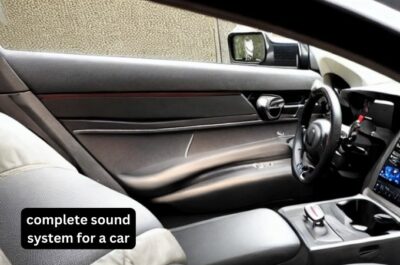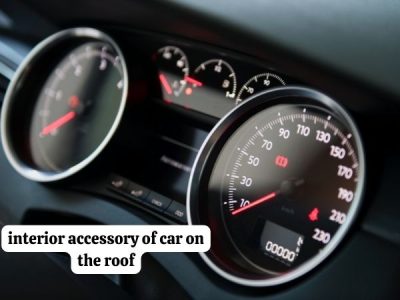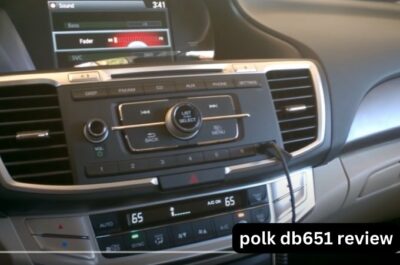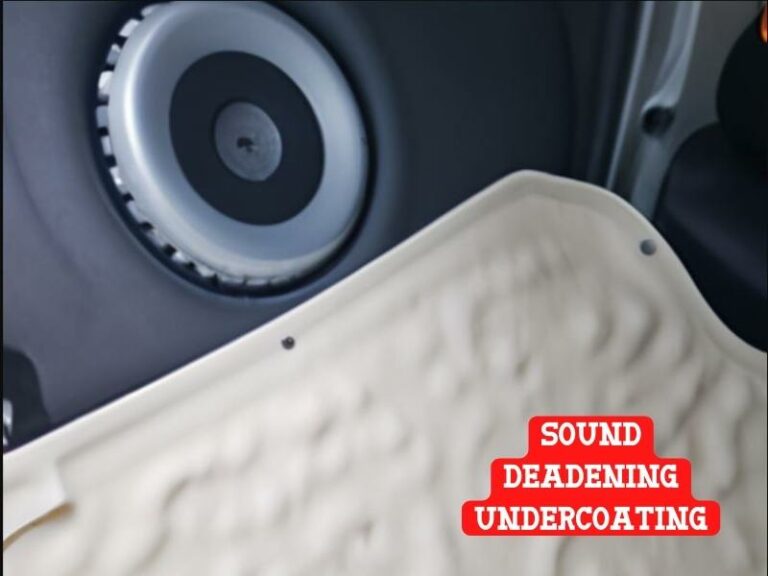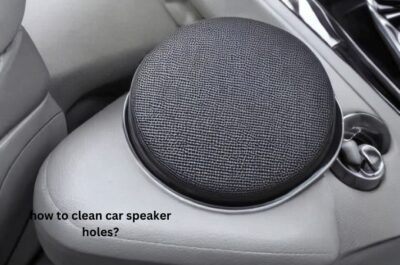complete sound system for a car (4 basic facts)
Today we discuss a complete sound system for a car. we will know here the different types of sound systems available and what might be the best fit for you. We’ll also cover some of the basics of installing a sound system in your car and provide some tips to get the most out of your new setup.
So, whether you’re a first-time buyer or just looking to upgrade your current system, read on for all the information you need to make an informed decision.
what car comes with the best sound system:
There are a lot of great cars with excellent sound systems, but it really depends on what you’re looking for. Some people prefer a more subtle sound system that doesn’t overpower the driving experience, while others might want something that feels like they’re at a concert every time they get in their car.
Personally, I think the Tesla Model S has one of the best sound systems out there. The speakers are hidden in the roof and walls of the car, so it gives you an incredibly immersive listening experience. Plus, since it’s all-electric, there’s no engine noise to drown out the music!
Another option for the car with the best sound system is Audi A8. The system comes with 19 speakers and produces a crystal-clear sound. The sound quality is so good that it has been favorably compared to some of the best home theater systems on the market. If you’re looking for a car with an exceptional sound system, the Audi A8 should be at the top of your list.
what should be in a complete sound system for a car?
- a head unit
- an amplifier
- speakers
A complete sound system for a car should include a head unit, an amplifier, and speakers. The head unit provides the audio signal to the amplifier, which then powers the speakers.
Confused about all the different types of car audio equipment out there? Don’t worry, we’re here to help! Read on for a complete guide to choosing the best sound system for your car.
single-DIN, double-DIN, and touch screen head unit:
The first step is to choose a head unit. There are three main types of head units on the market today: single-DIN, double-DIN, and touch screen.
Single-DIN head units are the most basic and affordable option. They typically don’t offer as many features as their double-DIN or touchscreen counterparts, but they’re a good choice if you’re on a budget.
Double-DIN head units are twice as tall as single-DIN units and offer more features, such as built-in navigation and touchscreen displays.
Touchscreen head units are the most expensive option, but they offer the most features, such as Apple CarPlay and Android Auto compatibility.
an amplifier:
The next step is to choose an amplifier. Amps come in all shapes and sizes, but they all serve the same purpose: to make your speakers louder. If you have a small car, you might not need a very powerful amp, but if you have a larger vehicle, you’ll want an amp that can put out a lot of power.
The most important thing to look for in an amp is the RMS (root mean square) rating, which tells you how much power the amp can put out continuously without damaging your speakers.
speakers:
Finally, you’ll need to choose speakers. There are two main types of car speakers: coaxial and component. Coaxial speakers are the most common type and are a good choice if you’re looking for an affordable option.
Component speakers are more expensive, but they offer better sound quality. If you’re looking for the best possible sound quality, you’ll want to choose a component speaker system.
some other facts for the complete sound system for a car:
1. Mosfet Means In-Car Audio:
well, a MOSFET is a transistor, used in almost everything these days. In audio, we use them because they offer very low distortion and can handle high currents. One of the main differences that sets them apart from standard bipolar transistors is that MOSFETs are voltage rather than current-driven devices.
This makes them very versatile and adaptable for use in numerous audio applications, including switched-mode power supplies and amplifiers.
Another big difference is that bipolar transistors have what’s called an Emitter Base voltage drop, while MOSFETs only have a Gate Source Voltage drop. What this means is that when you turn on a bipolar transistor, which can introduce distortion.
MOSFETs don’t have this problem since there is no voltage drop across the gate-source junction when they’re turned on.
Finally, MOSFETs are also much faster than bipolar transistors, meaning that they can switch signals much more quicker with less distortion.
2. kinds of alternator needed for car audio:
The most important thing is to select an alternator with enough power to support the system. Another factor to consider is the type of alternator. There are two types of automotive alternators: internally and externally regulated.
Internally regulated alternators are more common and they provide a stable voltage output regardless of the load on the alternator. Externally regulated alternators are less common, but they are better suited for high-powered car audio systems because they can deliver more current than internally regulated alternators.
So depending on your needs, you may want to choose an externally regulated alternator for your car audio system.
3. DIN for car audio:
The term “DIN” stands for Deutsche Industrie Norm, which is a German standards organization. In the world of car audio, “DIN” usually refers to the size of the head unit.
A single DIN head unit is the most common size, and it’s been around for decades. A double DIN head unit is twice as tall as a single DIN, so it’s easier to read and use. nowadays many cars come with double DIN stereos from the factory, so it’s getting more common all the time.
As you might expect, a single DIN head unit is smaller in size than a double DIN head unit. Single DIN head units are typically 3 inches wide by 5 inches long, while double DIN units are twice as wide and twice as long.
While the DIN standard is most commonly used in Europe, it has also been adopted by many manufacturers in other parts of the world. So, if you’re shopping for a new car stereo head unit, be sure to check the dimensions to see if it’s DIN-compliant.
single DIN head unit:
A single DIN head unit is the standard size for car stereos. It is small and compact, and typically has a faceplate that is about seven inches wide by two inches high.
This type of head unit typically includes an AM/FM radio, CD player, and auxiliary input. Some models may also include features such as Bluetooth connectivity, GPS navigation, or a touchscreen display.
double din in-car audio:
A double DIN car stereo is a very popular size for aftermarket stereos. The faceplate is twice as tall as a single DIN, so it’s easier to read and use.
Many newer cars come with double DIN stereos from the factory, so it’s getting more common all the time. If you’re looking to upgrade your car stereo, you might be wondering if you should get a double DIN head unit.
4. The causes of clipping in car audio:
Clipping is caused by amplifier distortion. When an amplifier is pushed to its limits, it can’t reproduce the waveform of the audio signal accurately. The result is a clipped waveform that sounds distorted.
There are two main types of clipping: hard clipping and soft clipping. Hard clipping results in a sharp Disc genre boundary between the highs and lows while soft clip Gone with the Wind character has a more gradual transition.
Hard clipping is more likely to damage speakers than soft clipping, so it’s important to avoid it if possible. If you do find yourself clipping your amplifier, back off the volume until the distortion disappears.
how can you prevent clipping?
If you’re using an external amplifier, make sure it has enough power to drive your speakers. If you’re using a receiver or amplifier that’s built into your head unit, make sure you don’t turn the volume up too high.
You can usually find the maximum power rating for your speakers in their specs. As a general rule, you’ll want to stay below that number to avoid clipping.
If you’re not sure how much power your amplifier can handle, start by turning the volume up until you hear distortion. Then back it off until the distortion disappears. That’s the point where you’re right on the edge of clipping
You can also use a clipping detection tool to help you find the point where your amplifier is starting to clip. This can be a useful tool if you’re not sure whether you’re hearing distortion from your amplifier or your speakers.
final words:
A complete sound system for a car can improve the driving experience by providing clear sound and enhancing the bass. When choosing a sound system, it is important to consider the size of the vehicle and what type of music you want to listen to.
There are many different types of sound systems available on the market, so it is important to do your research before making a purchase.
